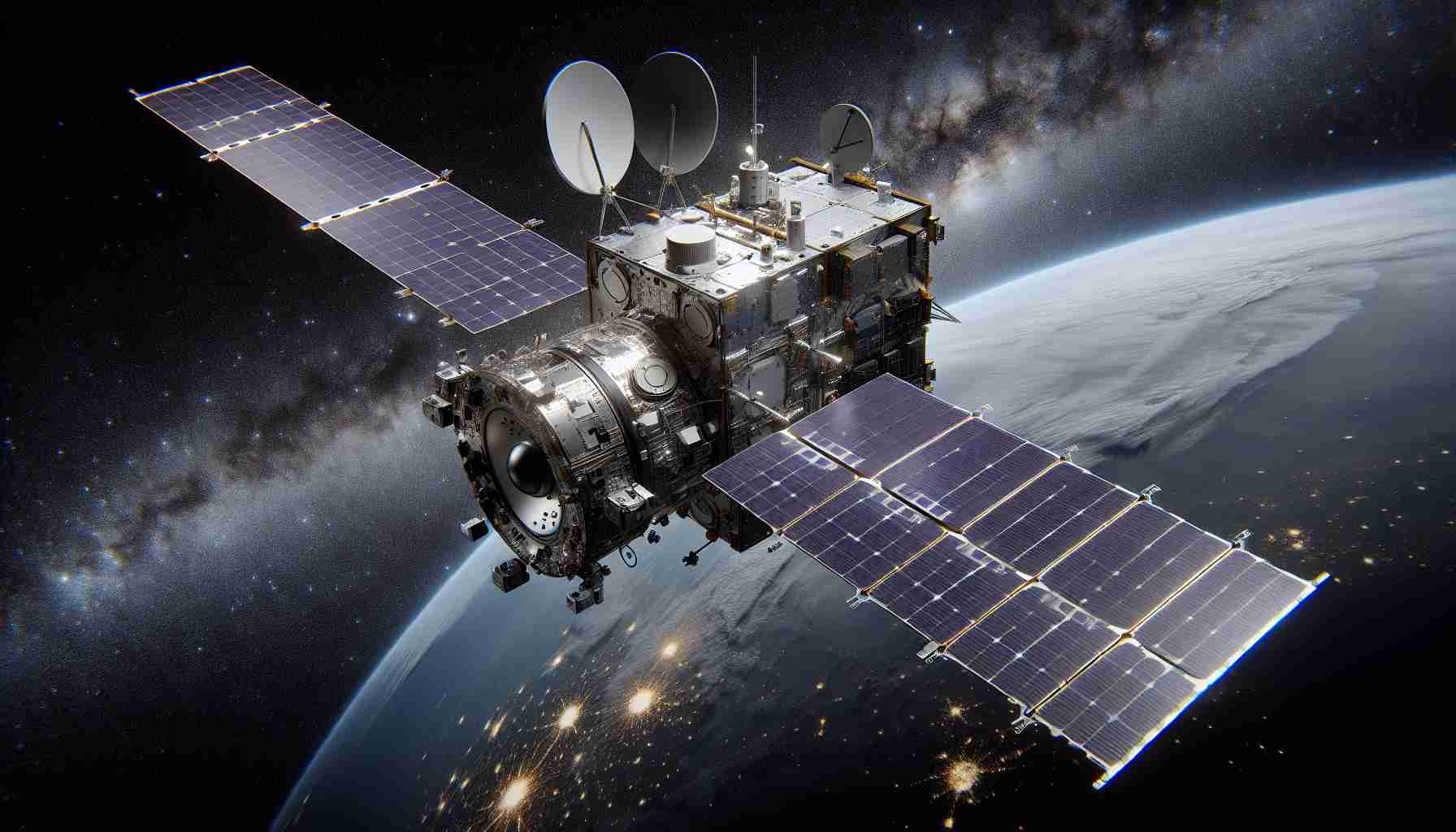
A groundbreaking satellite project is on the horizon, aimed at enhancing our understanding of the cosmos while supporting international scientific endeavors. This new initiative focuses on collecting critical data about exoplanets, star characteristics, and exciting astronomical events, including supernovae and kilonovae.
Open Cosmos, a frontrunner in the space technology sector, is taking significant steps by developing a cutting-edge astrophysical satellite. The CEO of Open Cosmos, Rafel Jordà Siquier, highlighted the experience gained through this project as pivotal in harnessing NewSpace technologies and fostering collaboration between public and private sectors.
The satellite, a compact 12U CubeSat, will carry sophisticated astronomical instruments crafted by the IEEC. It will feature dual telescopes that can survey the entire sky every two days, utilizing advanced rotating mirror systems to capture images in both visible and ultraviolet light.
Anticipated for launch at the close of 2025, this satellite will be placed in a Sun-synchronous orbit, positioned above 500 kilometers above Earth. This partnership builds on past successes, including the MENUT satellite launched under Catalonia’s NewSpace Strategy, aiming to bolster regional scientific capabilities and economic growth.
The PhotSat mission signifies a pivotal advancement for Open Cosmos, exemplifying their ongoing innovations and leadership in the European space landscape. It aligns with the IEEC’s vision of fostering a burgeoning space innovation hub, dedicated to supporting future projects and democratizing access to valuable space data for new participants in the industry.
Innovative Satellite Mission Set to Transform Space Research
A new satellite mission, known as PhotSat, is on the brink of changing the landscape of space research as it targets groundbreaking observations and data collection across various astronomical phenomena.
What Unique Capabilities Will PhotSat Offer?
PhotSat is designed to significantly enhance the capabilities of existing satellite systems. Unlike traditional astronomical satellites that obtain data from limited angles or light spectrums, PhotSat’s dual telescopes allow for comprehensive sky surveys every two days. This frequent observation schedule promises to provide a more dynamic understanding of transitory events such as supernovae and kilonovae, which are rare and short-lived in the cosmic timeline.
What Are the Key Objectives of PhotSat?
The main objectives of this satellite include identifying and characterizing exoplanets, monitoring stellar activities, and capturing rare astronomical events in high-resolution images. Moreover, the mission aims to democratize access to space data, enabling a wider array of researchers and institutions to engage with and utilize the collected data effectively.
Key Challenges and Controversies
Despite the promising outlook, the PhotSat mission faces several challenges. One significant issue is the increasing congestion of low Earth orbit (LEO), where numerous satellites are already operating. As a result, the risk of satellite collision and the prevalence of space debris are growing concerns that need to be managed carefully.
Another challenge pertains to data privacy and the ethical implications of satellite observations. As satellite technology evolves, questions arise regarding the potential misuse of information, especially in monitoring terrestrial activities inadvertently.
Advantages of the PhotSat Mission
1. Enhanced Data Collection: The ability to capture and analyze transient astronomical events at unprecedented rates offers new opportunities for discoveries in astrophysics.
2. Collaboration Opportunities: The partnership between Open Cosmos and the IEEC fosters a collaborative environment, leveraging expertise from different sectors to promote scientific advancements.
3. Economic Growth: By positioning Catalonia as a significant player in the NewSpace industry, the mission supports regional and continental economic growth forecasts.
Disadvantages and Risks
1. Space Debris: The increasing number of satellites contributes to the growing problem of space debris, posing risks not only to the satellites themselves but to all space operations.
2. Funding and Resource Allocation: High costs associated with satellite missions can lead to budgetary constraints, affecting the launch timeline and mission scope.
3. Technical Failures: As with any innovative technology, there is always a risk of unforeseen technical issues that could jeopardize the mission’s objectives.
Conclusion
The PhotSat mission represents a significant step forward in our quest to understand the cosmos. With its innovative approach to sky observation and collaboration among various sectors, it holds the potential to yield transformative data for researchers globally. However, careful consideration of the challenges and ethical implications remains vital as we venture deeper into space exploration.
For more information on this exciting development in space technology, visit Open Cosmos and check updates from the IEEC.



